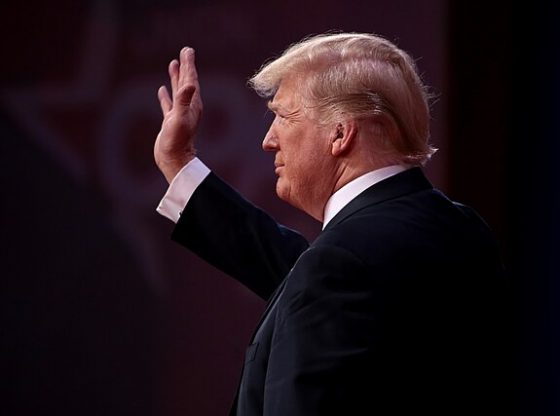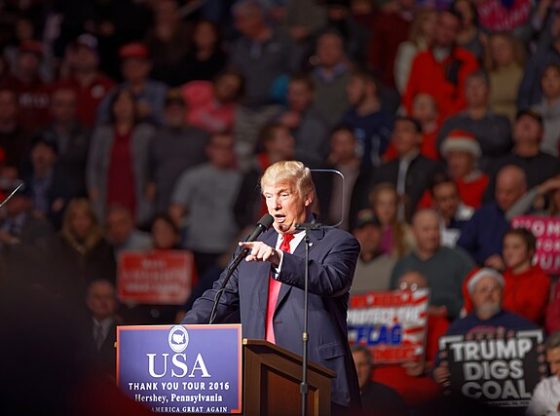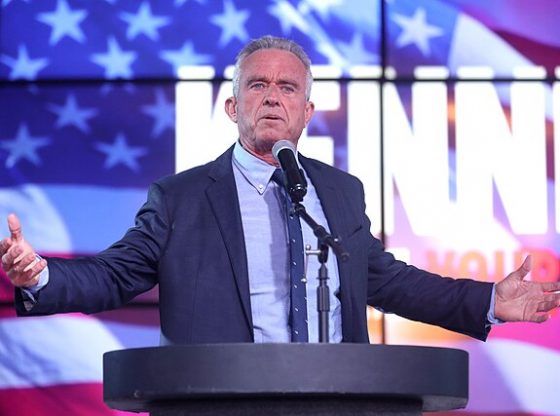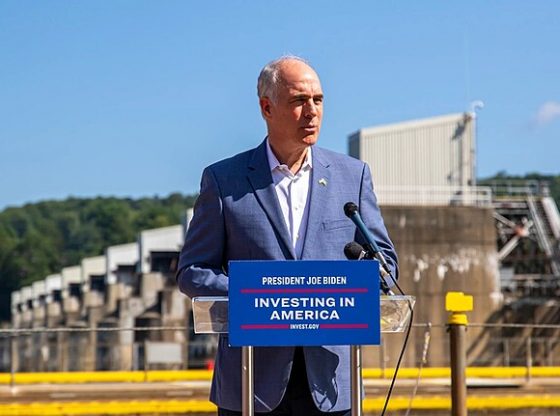The United Auto Workers (UAW) strike has caused billions in economic damage and could further harm supply chains and local economies as the union and automakers fail to reach a deal.
The UAW has been undergoing a partial strike against the Big Three automakers — Ford, General Motors and Stellantis — which most recently expanded to a total of 43 locations after negotiations failed to reach a contract by the Sept. 14 deadline, already causing $3.95 billion in economic losses as of Tuesday, according to the Anderson Economic Group. The strike could be devastating to the Big Three’s market position, and stoppages could have greater effects downstream as supply chains are unable to move and local economies suffer, according to experts who spoke with the Daily Caller News Foundation. (RELATED: Florida Sues Biden Admin Over Threats To Withhold Funds Following Union Law)
“Automotive supply chains are global, and it takes at least 15,000 parts from firms of varying sizes around the world to build a car,” Peter Earle, an economist with the American Institute for Economic Research, told the DCNF. “In 1998, a 54-day strike by less than 10,000 General Motors workers ultimately drove 150,000 people out of work at countless downstream suppliers and businesses servicing General Motors. Carmakers cast a long shadow, industrially, but you only see and feel it when there’s this sort of unrest.”
Ford and GM have already had to lay off a combined 6,000 workers as of Tuesday from their own plants and warehouses as employees working outside of the strike are unable to complete their jobs and production stalls.
“We understand to date there are about 2,400 supplier employees that have been laid off,” Liz Door, chief supply chain officer for Ford, said in a statement given to the DCNF. “We have roughly 125,000 supplier employees that support our Michigan Assembly Plant. And if prolonged, this really could have a significant impact as it extends into our other Ford factories. We see anywhere between 325,000 to 500,000 employees that could be laid off.”
The UAW could expand the strike even further, with the economic losses for a full 10-day strike being estimated at more than $5 billion, according to the Anderson Economic Group. Workers would miss out on a total of $859 million in lost wages.
“The fact is that the US economy is huge, and the UAW and even the Big Three automakers, while large relative to other unions and companies, are kind of a drop in the bucket for the national economy,” Scott Lincicome, vice president of general economics and the Herbert A. Stiefel Center for Trade Policy Studies at the Cato Institute, told the DCNF. “That said, it’s certainly affecting the local economies in which these places operate — the workers involved that are on far diminished pay — and then the companies themselves are basically idling their factories and burning through inventory at the dealerships. So, certainly, it’s having a cost there.”
Michigan, which relies heavily on the auto industry and the Big Three, could be heading for a “one-state recession” as the strike persists, according to M Live. The anticipation by workers that they will lose income has prompted consumers to pull back on spending, lowering the state’s retail activity and depressing its economic output.
“Steel is getting hit very hard,” Earle told the DCNF. “Commodity markets are always looking ahead, and coiled steel began falling in June or so. It’s now down about 40 percent since the start of the year. US Steel said in early September that they’d idle one of their blast furnace facilities, and more of that will happen if the strike persists.”
Automotive-related users have slowed their steel purchases starting in the summer in anticipation of a UAW strike, adding additional pressure to the steel sector, which has already faced weakening demand from manufacturing and commercial construction, according to The Wall Street Journal. The decline in demand for steel hits the industry right after it has begun to rebound from losses taken during the COVID-19 pandemic.
“I think you’re looking at billions of dollars in economic damage for the Detroit automakers at precisely the wrong time,” Lincicome told the DCNF. “Worker demands aside, whether you think they’re reasonable or not, the fact is that these companies are in a very precarious moment. They are already uncompetitive on labor costs versus not just overseas competitors, but competitors here in the United States.”
The union originally requested a 46% wage increase, a restoration of traditional pensions, cost of living adjustment, a reduced workweek from 40 hours to 32 hours and more, according to Bloomberg. The costs of those original demands would add up to $80 billion in additional labor expenses.
“Negotiations remain ongoing, and we will continue to work towards finding solutions to address outstanding issues,” GM said in a statement given to the DCNF. “Our goal remains to reach an agreement that rewards our employees and allows GM to be successful into the future.”
The Big Three’s competitors, such as Tesla, have far lower labor costs and do not rely on union labor, according to CNBC. Ford estimates that its labor costs are 25% higher than Tesla’s and could jump even higher if the UAW gets its demands.
“If the strike persists it will exert a negative impact on US economic growth,” Earle told the DCNF. “I suspect that there is a game theoretic at work by which the UAW knows that the current administration has jawboned about being the most pro-union and pro-labor ever. The union officials, however, also see the abysmal approval polls and worsening economic numbers. The unions, by slowly strangling a big chunk of the domestic auto industry, may be banking on government intervention: to force the Biden administration to vindicate their pro-worker statements, and to remove yet another threat to the health of the US economy.”
The UAW and Stellantis did not immediately respond to a request to comment from the DCNF.
Will Kessler on October 7, 2023
















